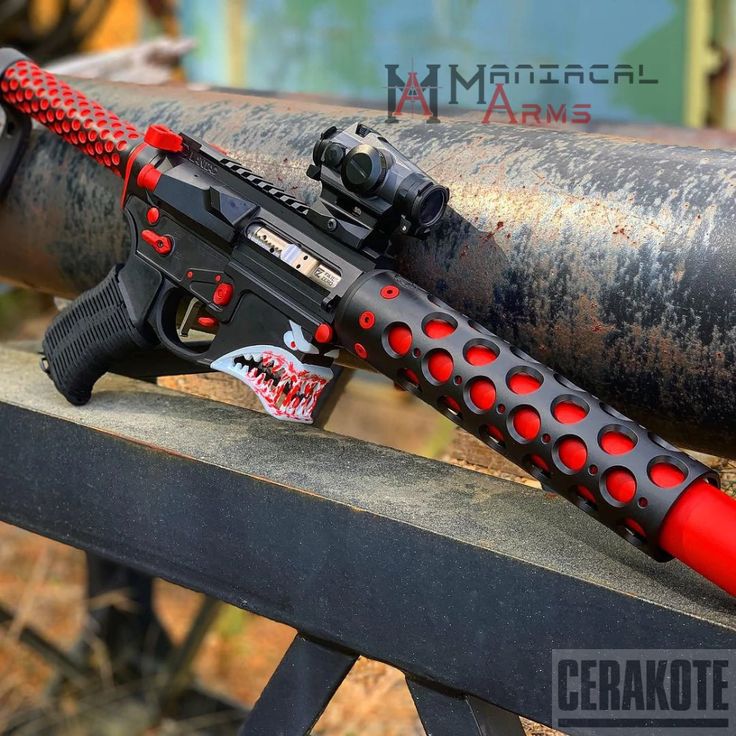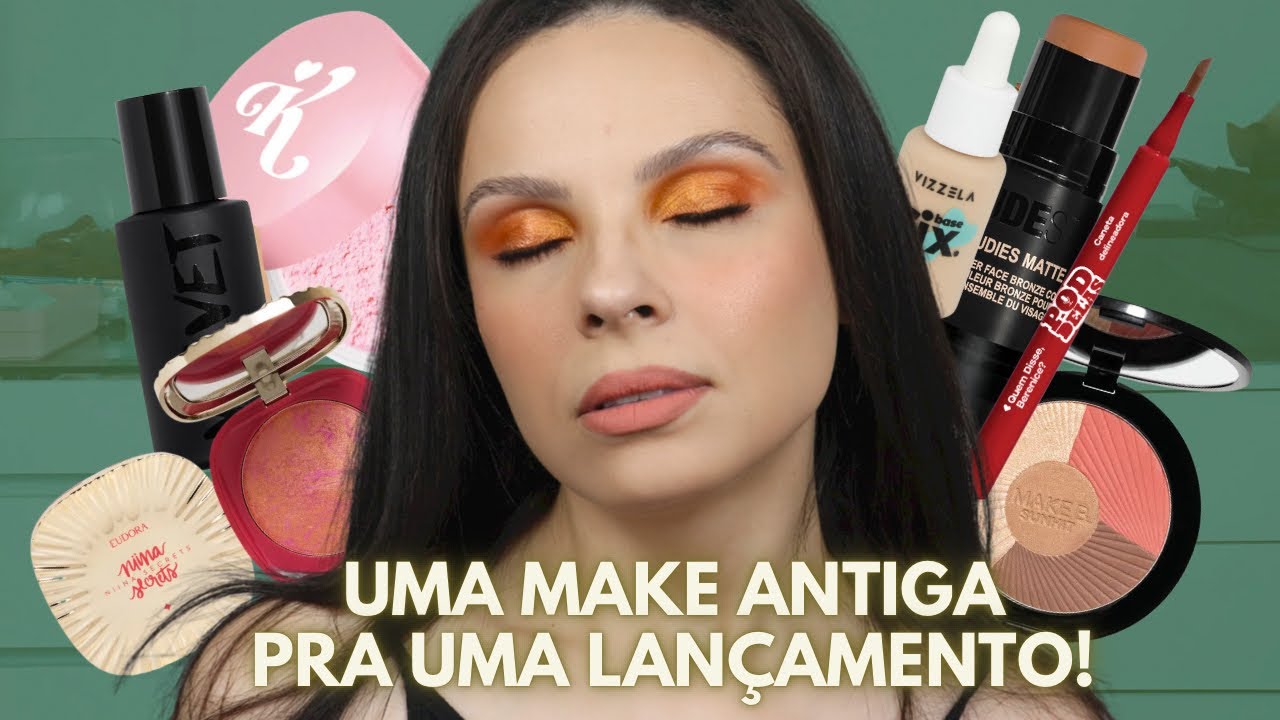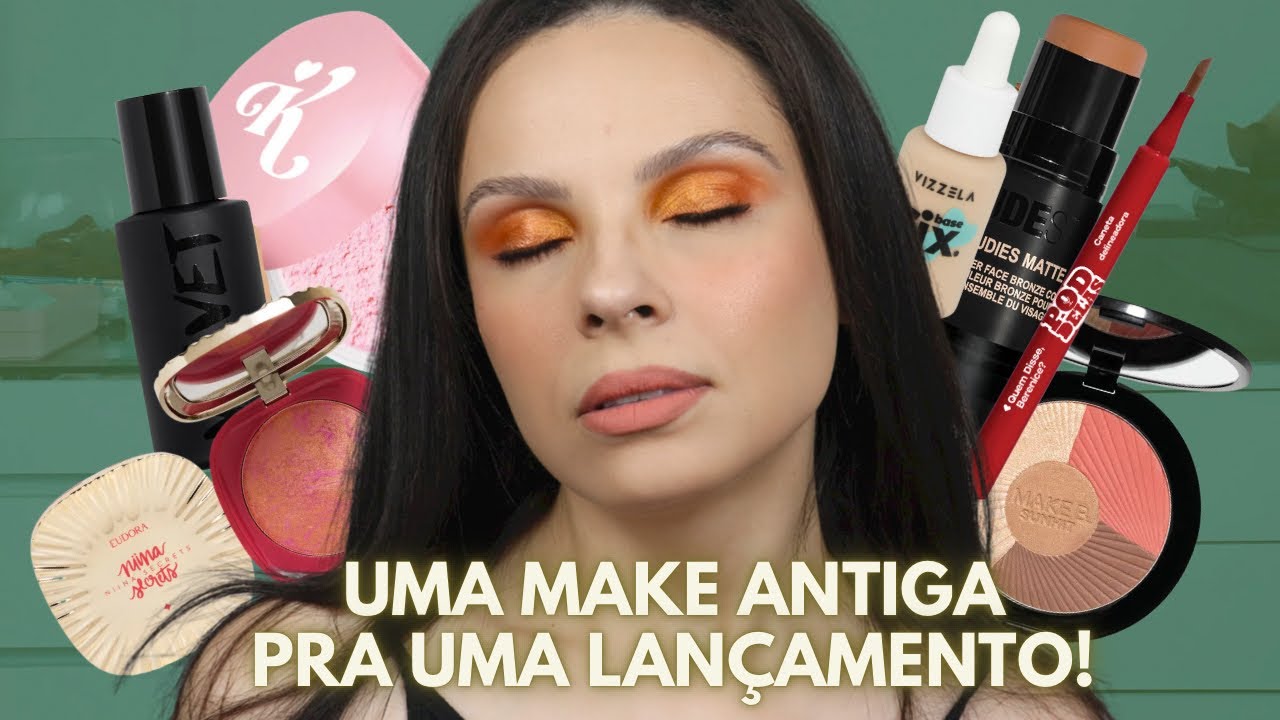What Is a Fashion Label? Meaning, Models, and How They Work
Overview: What a Fashion Label Is
A fashion label is a business identity under which clothing, footwear, and accessories are designed, produced, marketed, and sold; the term is commonly used interchangeably with fashion brand, which encompasses the symbolic identity, style, and customer experience associated with apparel businesses [1] . In industry usage, a label denotes the market-facing name and identity attached to collections and product lines across segments from haute couture to mass fashion [3] .
Label vs. Brand vs. Clothing Line
While everyday usage often treats label and brand as synonymous, industry guides distinguish a clothing brand/label (the business and identity) from a clothing line (a specific collection under that brand’s umbrella) [2] . A brand or label sets positioning, target market, and long-term identity, while a line typically focuses on a seasonal or themed set of garments and may be one of several collections the label offers (e.g., womenswear mainline, athleisure capsule, or diffusion line) [2] . The label’s identity is expressed through design language, quality, pricing, and storytelling that signal value and differentiate in a crowded market [1] .

Source: ediytanitansy.pages.dev
Core Functions of a Fashion Label
Successful labels manage the full pipeline or coordinate partners across design, sourcing, production, marketing, and distribution. Typical activities include:
- Design and development: concepting, mood boards, sketches, and technical specs to translate brand DNA into collections [1] .
- Sourcing and manufacturing: selecting fabrics, trims, and producers; managing sampling, quality control, and bulk production schedules [3] .
- Branding and marketing: crafting the narrative, visual identity, and go-to-market plans that define public perception and customer experience [5] .
- Sales and distribution: direct-to-consumer ecommerce, owned retail, and wholesale to boutiques and department stores, depending on strategy [3] .
End-to-end control varies: vertically integrated labels own much of the chain, while others outsource production and logistics to specialized partners. Regardless, the label’s role is to align product, operations, and brand to create recognizable value [1] .
Where Labels Operate in the Fashion System
The fashion industry spans textile creation, design and manufacturing, retailing and merchandising, fashion shows, and media; labels operate across this ecosystem and may participate in runway calendars, trade shows, and retail networks [3] . Observers historically distinguished high fashion (haute couture and designer) from mass apparel, but by the 1970s those lines blurred, with many labels offering multiple tiers from luxury to accessible diffusion [3] . In practice, labels may pursue:
- Haute couture or designer positioning (limited, handcrafted, made-to-measure elements).
- Contemporary and premium ready-to-wear (design-led, smaller runs).
- Mass fashion and fast fashion (high volume, short lead times).
- Sportswear and athleisure (performance-rooted brand extensions) [1] .
Globalization means many prominent labels derive major revenue outside their home country and rely on international supply chains and distribution [1] .
Branding: Why Identity Matters
The label is more than a name in a garment-it is the sum of signals customers perceive, including service, materials, silhouettes, and storytelling. Branding in fashion is the holistic message people receive when encountering the business across touchpoints, which shapes trust and long-term equity [5] . Consumers often use brands to express identity or aspirational self-image, so coherent symbolism and style are strategic drivers of demand and differentiation [1] . Labels that maintain consistency while evolving with culture and trends tend to build durable loyalty.
Real-World Examples and Models
Historically, couture houses like Chanel and Christian Dior defined high-end label models with atelier craftsmanship and limited distribution, later expanding into ready-to-wear and accessories to scale brand value [1] . Global apparel groups exemplify another model: multinational labels such as Nike extended from performance footwear into apparel and lifestyle brand extensions to fuel international growth, alongside peers like Adidas and Puma [1] . Across the spectrum, labels adapt their mix of design, sourcing, and retail to their positioning and target audience within the broader industry [3] .
How to Start a Fashion Label: Step-by-Step
Launching a label involves coordinated steps that align creative vision with operations and market entry. You can use the following sequence as a practical roadmap:
- Define positioning and audience. Clarify category focus (e.g., womenswear knits, technical outerwear), price tier, and your distinct value proposition. Map competitors to identify white space. This anchors design and messaging to a coherent identity [1] .
- Build the brand system. Develop the label name, visual identity, and voice. Treat brand as the holistic experience-from product quality to service policies-so touchpoints reinforce the same promise [5] .
- Design the first line. Translate brand DNA into a focused, cohesive collection with clear silhouettes and materials. Prepare tech packs and size specs to ensure manufacturability and consistency across SKUs [3] .
- Sourcing and sampling. Identify mills and trim suppliers that match your quality and sustainability goals. Produce samples, iterate fit and construction, and perform basic quality testing before committing to bulk [3] .
- Select production partners. Depending on quantities and capabilities, you can choose local ateliers for small runs or established factories for scale. Negotiate MOQs, lead times, and QC processes to align with your cash flow and launch calendar [3] .
- Plan go-to-market. Decide on direct-to-consumer (own ecommerce, pop-ups), wholesale (showrooms, trade shows), or a hybrid approach. Create a line sheet, lookbook, and pricing structure (wholesale vs. retail) to support sales outreach [3] .
- Launch and iterate. Use small, learnable releases to validate demand, monitor returns and reviews, and refine fits and materials. Maintain brand consistency while responding to measurable customer feedback [5] .
If you need specific vendor lists or trade calendars, consider contacting your regional fashion council or reputable trade show organizers by searching for terms like “fashion trade show [your city]” or “apparel manufacturer directory [your country].” This approach helps you find current, authoritative sources without relying on unverified links.
Common Challenges and Practical Solutions
New labels face several predictable hurdles:
Minimum order quantities and cash flow. Many factories set MOQs, which may exceed early demand. You can mitigate by choosing local small-batch producers, using pre-order campaigns, or focusing on a tight SKU count while proving sell-through before scaling [3] .

Source: calvinqasim.pages.dev
Quality control and returns. Fit issues and inconsistent construction erode brand trust. Establish fit blocks, test across sample sizes, and implement inbound QC and AQL sampling to prevent systemic defects before shipment [3] .
Brand consistency. Mixed messages across product, packaging, and service confuse customers. Document your brand standards and train all partners to deliver a uniform experience at every touchpoint [5] .
Ethical and sustainable practices. While definitive certifications depend on your supply chain, you can start by requesting material traceability from suppliers, assessing labor standards, and publishing clear care and durability guidance that extends product life. Industry coverage indicates the fashion system spans numerous tiers from textiles to retail, so transparency often improves over time as you formalize processes [3] .
How Labels Reach Customers
Labels may sell directly online, in owned stores, or via wholesale partners. Boutique retailers typically curate pieces from multiple labels to fit a defined style or audience segment, allowing emerging labels to reach targeted customers through trusted local doors. While specific wholesale outreach tactics vary, you can develop a line sheet, propose realistic delivery windows, and approach retailers whose assortments align with your category and price point [3] . In parallel, invest in brand storytelling-editorial content, lookbooks, and customer education-to communicate the meaning and value behind your garments [5] .
Key Takeaways
– A fashion label is the market-facing identity and business under which apparel and accessories are conceived, produced, and sold; the term is widely used as a synonym for fashion brand [1] . – Labels differentiate via symbolism, style, quality, and customer experience, operating across a global industry that integrates design, manufacturing, retail, and media [3] . – A clothing line is a specific collection under a label, while the label/brand defines the broader identity, target market, and strategy [2] . – Founders can launch thoughtfully by anchoring positioning, building a coherent brand system, validating designs through sampling, and choosing sales channels that fit capacity and cash flow [3] .
References
[1] Wikipedia (2023). Fashion brand. [2] Printful (n.d.). What Is a Clothing Brand. [3] Encyclopaedia Britannica (2025). Fashion industry. [4] GB Labels (2016). Branding and Labelling in the Fashion Industry.


